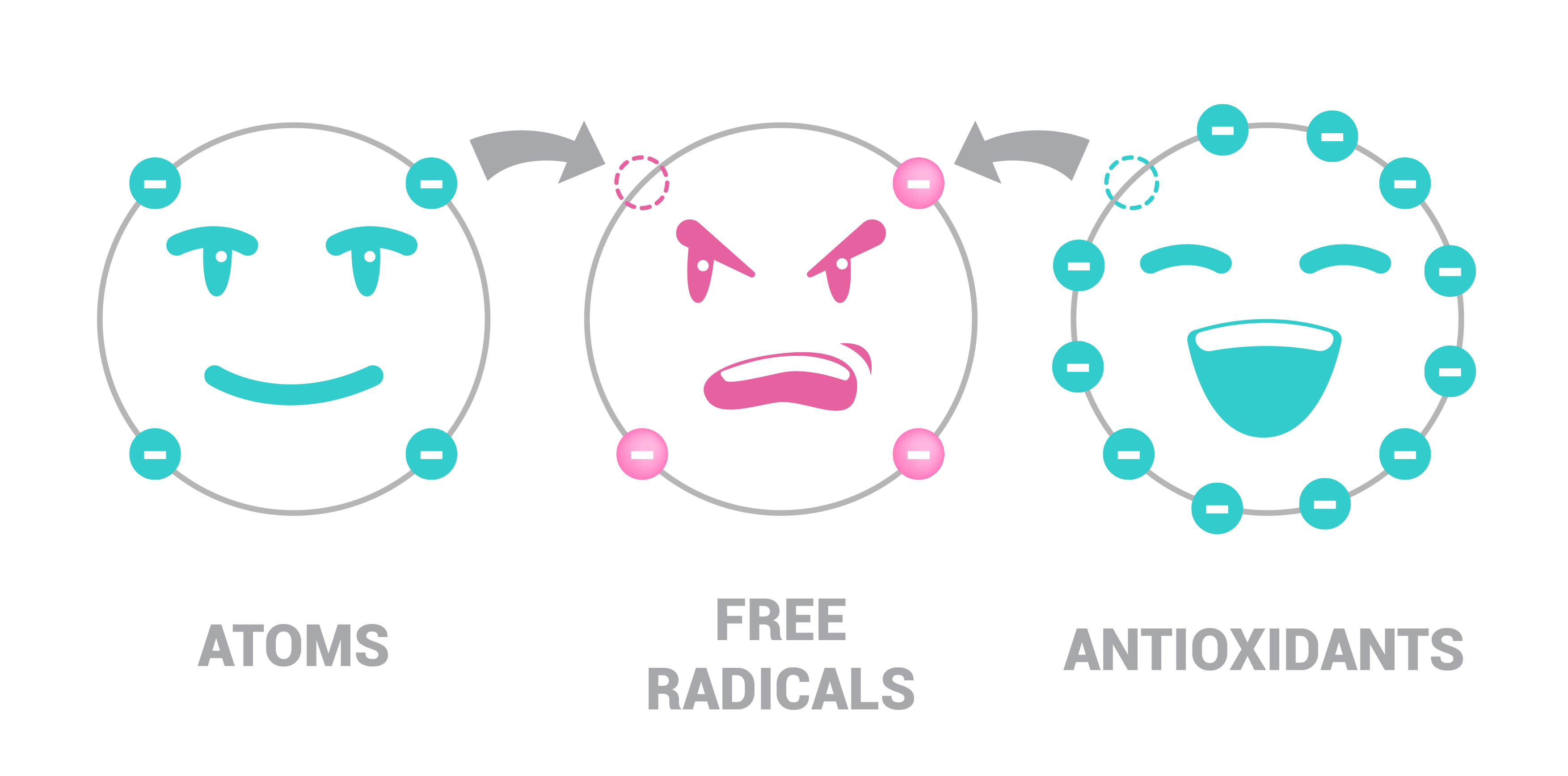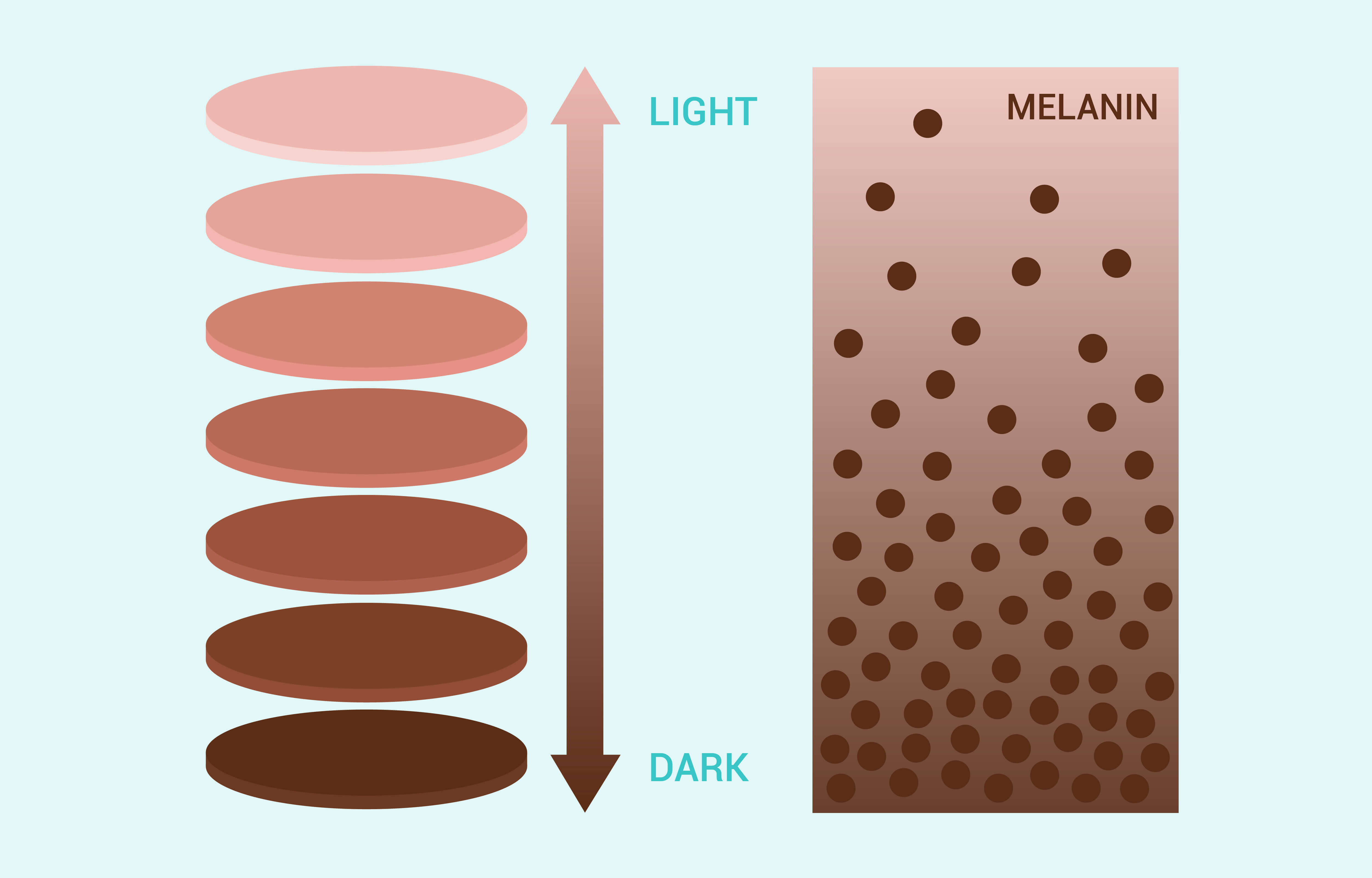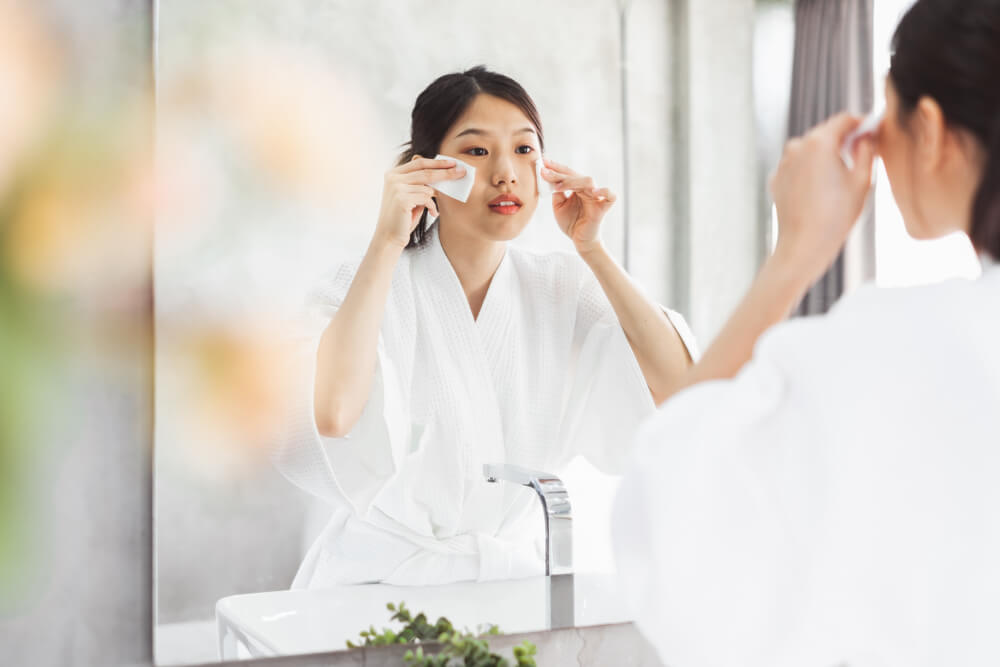Skin Care
10 Skincare Ingredients to Address Sun Damage
Have you noticed signs of sun damage appearing on your skin?
Whether this may be in the form of dark spots, early wrinkles, or anything else, sun damage is something that you need to deal with as soon as possible to prevent it from getting worse.
How?
Try using a few of these 10 skin care ingredients:
Vitamin A
Let’s begin with one of the best ingredients out there for repairing sun damaged skin – vitamin A.
How does it work?
In many wonderful ways, but the two key things that you need to know are:
- Vitamin A increases skin cell turnover, which helps to fade away dark spots and pigmentation, while improving skin texture
- Vitamin A increases the skin’s natural production of collagen. This helps the skin to take on a smoother and tighter appearance, doing away with the fine lines and wrinkles caused by sun exposure
If you have ever looked into vitamin A before, you have probably noticed that there are several different forms of this ingredient available.
Which is the best form of vitamin A to use for addressing sun damage?
That all depends on how severe your sun damage is, as well as your skin type.
However, these are the three main forms of the vitamin worth considering:
- Retinyl Palmitate – this is quite a diluted version of vitamin A, making it good for those who have never used the ingredient before, since this vitamin is known to irritate the skin at first
- Retinol – more powerful than retinyl palmitate, and available in different concentrations. Make sure that you start off by using this just a few times a week and then build it up as your skin grows accustomed to it
- Prescription Retinoids – if your sun damage is extremely severe, you may need prescription retinoids, which are the strongest vitamin A product you could opt for
Keep in mind that some forms of vitamin A break down when they come into contact with sunlight, making this an ingredient best saved for nightly use.
Vitamins C + E
Vitamin C is a very popular skin care ingredient, mostly due to the fact that it is an amazing multi-tasker.
It performs a variety of different roles when it comes to improving the health of the skin, one of which is dealing with the signs of sun damage.
How exactly does vitamin C help?
It is a powerful antioxidant. Much of the damage your skin experiences is due to the free radicals that sun exposure causes. These free radicals accelerate the aging process and exacerbate dark spots and pigmentation.
The only way to rid yourself of these free radicals is with the use of antioxidants, and vitamin C is one of the best ones you could choose.

In addition to neutralizing free radicals, vitamin C also stimulates collagen production, helping to strengthen the skin and do away with fine lines and wrinkles.
So, where does vitamin E come in?
Vitamin E is another antioxidant. While it may not be as powerful as vitamin C, studies show that vitamin C is so much more effective when it has been combined with vitamin E.
One more thing to know…
Exposure to the sun reduces the amount of vitamin C and vitamin E in the skin, making these ingredients especially important if you have been spending a large amount of time outdoors in the sun.
Green Tea Extract
Green tea is often referred to as a superfood, because it offers the body so many health benefits.
Sure, drinking green tea regularly will benefit your skin from within, but, to maximize this, you should be using green tea topically too.
How exactly does green tea help with sun damage?
It all comes down to its polyphenols, which are extremely powerful antioxidants.
Studies have found that using green tea extract on a regular basis increases the skin’s photoprotection, meaning an improvement in:
- Elasticity
- Texture
- Density
- Moisture retention
Green tea also has the ability to stimulate blood flow, meaning that the skin cells receive more oxygen and nutrients, and are therefore able to really thrive.
Of course, that doesn’t mean that you shouldn’t be drinking green tea too – a cup or two a day will give you a double dose of this botanical’s potent compounds.
Ellagic Acid
Never heard of ellagic acid before?
Don’t worry, you’re in the same boat as most people out there. Ellagic acid is a relatively new entrant into the skin care game, but is quickly gaining in popularity.
What is it?
Ellagic acid is a very effective antioxidant. It is naturally found in a number of fresh foods, including grapes, strawberries, pomegranates and blackcurrants.
How does ellagic acid address sun damage?
In a few different ways:
- It blocks the production of MMP, which are a group of enzymes that break down the collagen in your skin
- It reduces the activity of one of the main molecules that cause inflammation, with inflammation being a parimary factor behind dark spots, wrinkles and numerous other skin concerns
- It reduces the appearance of dark spots, even when used at a concentration as low as 0.5%. It is also far gentler than many of the other skin lightening products out there
Since this is quite a new ingredient, it may take you a while to find a suitable skin care product that contains it. However, your efforts promise to be extremely rewarding!
Kojic Acid
If you can’t find a suitable product for your skin containing ellagic acid, then kojic acid would be your next best bet.
This is another naturally-derived ingredient, found in many different types of fungi.
What does kojic acid do?
It mainly targets those dark spots that the sun has created on your skin.
It does this by inhibiting tyrosine, an amino acid that your skin requires in order to produce melanin.

Why would you want to prevent melanin from being produced?
Although melanin is the natural pigment that gives your skin its color, over-exposure to the sun results in excess melanin being created. All of this extra melanin ends up clustering together under certain parts of your skin, leading to dark spots.
By inhibiting melanin production, kojic acid helps to fade these dark spots away, bringing about a noticeable lightening effect.
Peptides
Peptides are ingredients that work in quite an interesting way…
They are basically short chains of amino acids, which your skin then puts together to create proteins. As you already know, two important proteins when it comes to dealing with sun damage are collagen and elastin, since these are the main proteins that the sun destroys.
How do peptides help?
Peptides send signals to certain skin cells, telling them to heal themselves. As a response to this, your skin then increaes its production of collagen and elastin, which are key when it comes to the skin’s healing process.
This then has a noticeable smoothing effect on the skin, minimizing the appearance of those fine lines and wrinkles that the sun has caused.
Peptides also have a natural anti-inflammatory effect, and can really help to soothe the skin after UVB exposure.
Alpha Hydroxy Acids
Alpha hydroxy acids all work in similar ways – they dissolve the glue-like substance that holds dead skin cells to the surface of the skin, enabling the skin to shed these away much faster than it otherwise would have.
This helps to clear away old, sun damaged skin cells, allowing them to be replaced with fresh new cells. This method of exfoliating is known as chemical exfoliation, and it is far more effective on sun damaged skin than physical exfoliation.
There are several different types of alpha hydroxy acids out there, but the ones you should focus on include:
- Glycolic acid – this tends to be the most powerful, and, in addition to treating sun damage, targets a wide range of other skin concerns too
- Lactic acid – effective but more gentle than glycolic acid
- Tartaric acid – targets sun damage, as well as acne
- Mandelic acid – extremely gentle, which is why it is often combined with other AHAs
How often should you use your chosen alpha hydroxy acid?
This really depends on your skin. Some people find that exfoliating every other day is ideal, whereas others can only exfoliate once or twice a week. Keep a close eye on your skin whenever you start using a new exfoliant, as over-exfoliating could exacerbate all of your sun damage concerns.
Alpha Lipoic Acid
Alpha lipoic acid is a fatty acid that naturally lives in each one of your skin cells.
It has antioxidant effects, meaning that it works in the same way as other antioxidants, neutralizing free radicals to minimize sun damage in the skin.
However, there is one thing that really sets alpha lipoic acid apart…
This antioxidant is both water-soluble and oil-soluble.
What does that mean?
It means that in addition to working within each skin cell, it also tackles any free radicals in the cell membranes too.
Controlled studies have found improvements of about 50% when an alpha lipoic skin care product has been used regularly, making this a great ingredient to have on your side.

One other thing you should know about alpha lipoic acid…
It has the ability to increase the effect of other topical antioxidants, especially vitamins C and E, making those three ingredients quite the powerful combination in your fight against sun damage.
Niacinamide
Niacinamide is a form of vitamin B3, and is an ingredient that offers up several skin care benefits.
Just like many of the other ingredients on this list, niacinamide has antioxidant properties, helping to minimize fine lines, wrinkles and dark spots.
It is known for its anti-inflammatory properties too. If your skin is showing signs of redness due to sun exposure, niacinamide is an ingredient that you will definitely want to use. This applies to any blotchy patches too, which niacinamide can heal.
Dealing with existing sun damage is important, but niacinamide helps to prevent future damage too.
How?
For starters, it speeds up collagen production, helping to make your skin smoother, stronger and thicker. It also helps with elastin production, which then improves skin elasticity.
It also speeds up the skin cell turnover rate, meaning that your skin will be able to naturally shed its damaged skin cells on its own at a much faster rate.
When it comes to dark spots, niacinimide can decrease pigment production, while also stopping any excess pigment from showing through on the outer layer of your skin.
Don’t worry if you have sensitive skin, since niacinimide is extremely gentle. In fact, it is often recommended to those with eczema, as it has been proven to have a beneficial effect.
Azelaic Acid
Naturally found in certain foods, such as grains and barley, azelaic acid is a fantastic skin-brightening ingredient.
It works in quite a unique way…
Rather than brightening up the entire complexion, azelaic acid focuses on skin cells that are of an abnormally darker color, without having an effect on your normal skin cells.
This makes azelaic acid perfect for targeting dark spots, especially if you don’t want the rest of your skin to go any lighter.
Its antioxidant properties are hugely beneficial to sun damage too, and it is also an antibacterial, making it ideal for those who suffer from acne or eczema.
Want to give azelaic acid a try?
This ingredient is often only available with a prescription. If you would like to give it a go and cannot find any over-the-counter products containing azelaic acid, you may wish to make an appointment with your dermatologist or doctor.
It may be hard to believe, but sun damage can definitely be reversed. So long as you are using the right ingredients on your skin, and are taking extra measures to protect your skin from experiencing any further damage, it won’t be long before you notice the health and appearance of your skin improving in a big way.

